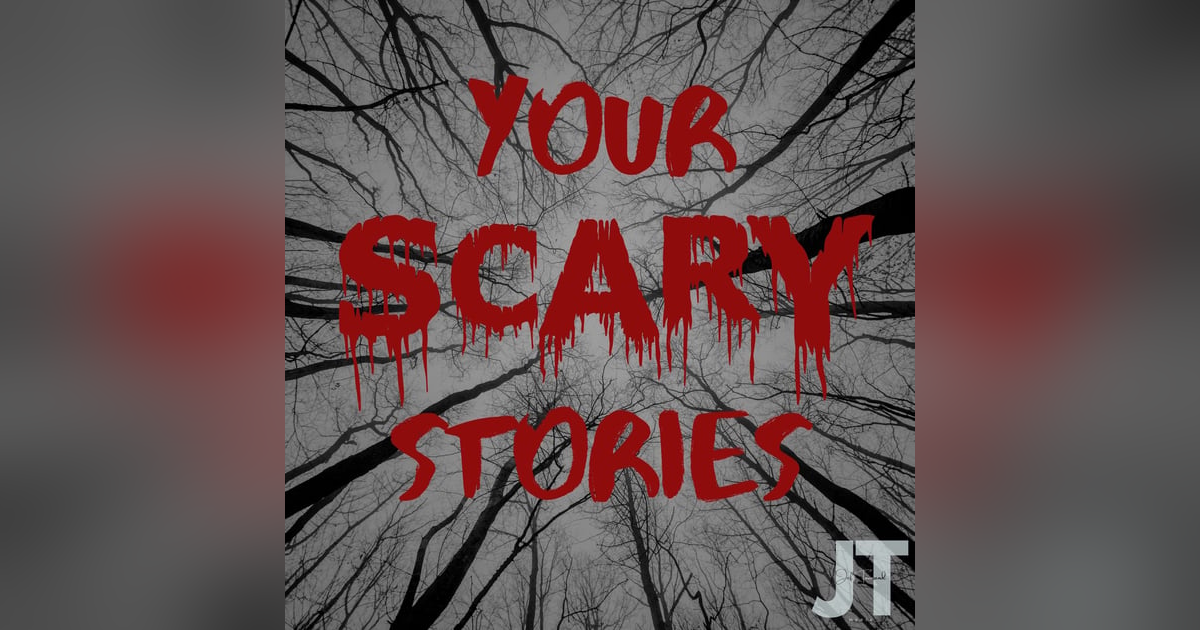This week, we continue out look back at the films released by Miramax in the 1980s, focusing on 1987.
----more----
TRANSCRIPT
From Los Angeles, California. The Entertainment Capital of the World. It’s the 80s Movie Podcast. I am your host, Edward Havens. Thank you for listening today.
On this episode, we are continuing our miniseries on the movies released by Miramax Films in the 1980s, concentrating on their releases from 1987, the year Miramax would begin its climb towards the top of the independent distribution mountain.
The first film Miramax would release in 1987 was Lizzie Borden’s Working Girls.
And yes, Lizzie Borden is her birth name. Sort of. Her name was originally Linda Elizabeth Borden, and at the age of eleven, when she learned about the infamous accused double murderer, she told her parents she wanted to only be addressed as Lizzie. At the age of 18, after graduating high school and heading off to the private women’s liberal arts college Wellesley, she would legally change her name to Lizzie Borden.
After graduating with a fine arts degree, Borden would move to New York City, where she held a variety of jobs, including being both a painter and an art critic for the influential Artforum magazine, until she attended a retrospective of Jean-Luc Godard movies, when she was inspired to become a filmmaker herself.
Her first film, shot in 1974, was a documentary, Regrouping, about four female artists who were part of a collective that incorporated avant-garde techniques borrowed from performance art, as the collective slowly breaks apart. One of the four artists was a twenty-three year old painter who would later make film history herself as the first female director to win the Academy Award for Best Director, Kathryn Bigelow.
But Regrouping didn’t get much attention when it was released in 1976, and it would take Borden five years to make her first dramatic narrative, Born in Flames, another movie which would also feature Ms. Bigelow in a supporting role. Borden would not only write, produce and direct this film about two different groups of feminists who operate pirate radio stations in New York City which ends with the bombing of the broadcast antenna atop the World Trade Center, she would also edit the film and act as one of the cinematographers. The film would become one of the first instances of Afrofuturism in film, and would become a cultural touchstone in 2016 when a restored print of the film screened around the world to great critical acclaim, and would tie for 243rd place in the 2022 Sight and Sound poll of The Greatest Films Ever Made. Other films that tied with include Preston Sturges’ Sullivan’s Travels, Woody Allen’s Annie Hall, David Cronenberg’s Videodrome, and Stanley Kubrick’s A Clockwork Orange. A
Yes, it’s that good, and it would cost only $30k to produce.
But while Born in Flames wasn’t recognized as revolutionary in 1983, it would help her raise $300k for her next movie, about the lives of sex workers in New York City. The idea would come to her while working on Born in Flames, as she became intrigued about prostitution after meeting some well-educated women on the film who worked a few shifts a week at a brothel to earn extra money or to pay for their education. Like many, her perception of prostitution were women who worked the streets, when in truth streetwalkers only accounted for about 15% of the business. During the writing of the script, she began visiting brothels in New York City and learned about the rituals involved in the business of selling sex, especially intrigued how many of the sex workers looked out for each other mentally, physically and hygienically.
Along with Sandra Kay, who would play one of the ladies of the night in the film, Borden worked up a script that didn’t glamorize or grossly exaggerate the sex industry, avoiding such storytelling tropes as the hooker with a heart of gold or girls forced into prostitution due to extraordinary circumstances. Most of the ladies playing prostitutes were played by unknown actresses working off-Broadway, while the johns were non-actors recruited through word of mouth between Borden’s friends and the occasional ad in one of the city’s sex magazines.
Production on Working Girls would begin in March 1985, with many of the sets being built in Borden’s loft in Manhattan, with moveable walls to accommodate whatever needed to be shot on any given day. While $300k would be ten times what she had on Born in Flames, Borden would stretch her budget to the max by still shooting in 16mm, in the hopes that the footage would look good enough should the finished film be purchased by a distributor and blown up to 35mm for theatrical exhibition.
After a month of shooting, which involved copious amounts of both male and female nudity, Borden would spend six months editing her film. By early 1986, she had a 91 minute cut ready to go, and she and her producer would...





